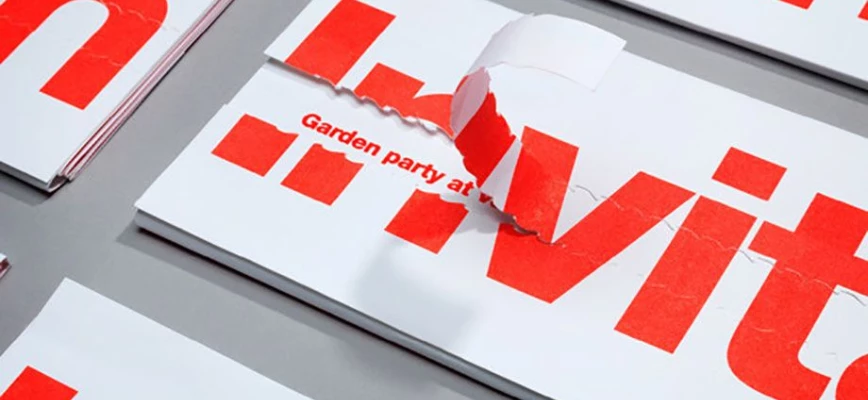The e-book bubble pricked
While consumers, seduced by trendy e-books and snazzy e-readers, abandoned the printed book at an alarming rate between 2007 and 2012, the tables are now turned. E-book sales are dropping, and print books, it seems, are once again flying off the shelves.
E-book sales throughout the years
Back in 2010, the book industry expected to see e-books taking over about 50 percent of all book sales by 2013. Instead, e-book sales lingered in the 25 to 30 percent range and even started to drop significantly in 2015. The UK alone saw a 1.6 percent decline, the first drop in the digital book market The Publishers Association recorded in seven years. In 2016, 65 percent of Americans read at least one printed book, while only 28 percent reported reading an e-book, Pew Research Center adds.
Print book sales: celebrating Alice’s 150th
Overall, e-book sales in 2016 were down 17 percent in the UK and nearly 19 percent in the US. Print books, by contrast, are thriving: sales of paperback books in the US alone were up nearly 8 percent, hardcover sales surged about 4 percent and children’s books even rose 16 percent. Physical book sales in the UK grew by 8 percent. Publishers are optimistic, expecting print book sales to remain steady at least for decades to come. So, what’s behind the climbing print book sales? The adult coloring books frenzy in 2015 has surely helped, as well as the numerous high-profile releases celebrating 150 years of Alice in Wonderland. But there is more to it.
Printing on demand pushes prices down
Part of e-books’ appeal was their low price compared to print books. An appeal they have started to lose since new VAT laws have come into effect. But perhaps even more important to mention are the recent developments in digital print technology, which have made short runs much more cost-efficient. Publishers are no longer forced to place bulk orders (and to risk ending up with stacks of unsold copies), but can print on demand instead. Even coffee table book publishers are no longer chained to offset presses thanks to Xeikon’s advanced color book production suite.
The self-publishing stigma is no more
Making short runs more cost-efficient than ever, today’s digital print technology has also opened doors for self-publishing authors. While self-publishing used to carry a stigma – and usually came with a second mortgage as well – the number of aspiring authors who have their work printed on demand continues to grow each day.
Print’s charming
There are several reasons why the e-book bubble burst, screen fatigue being one of them. Next to enabling readers to take a break from their digital devices, a printed book also makes a much more thoughtful gift than its digital counterpart. Additionally, print’s just all the more charming for some genres including coffee table books, children’s books and cook books, and savvy publishers simply know how to use that to their advantage and drive sales in those particular categories. Finally, books will never run out of battery life right when you’ve gotten to the good part.



